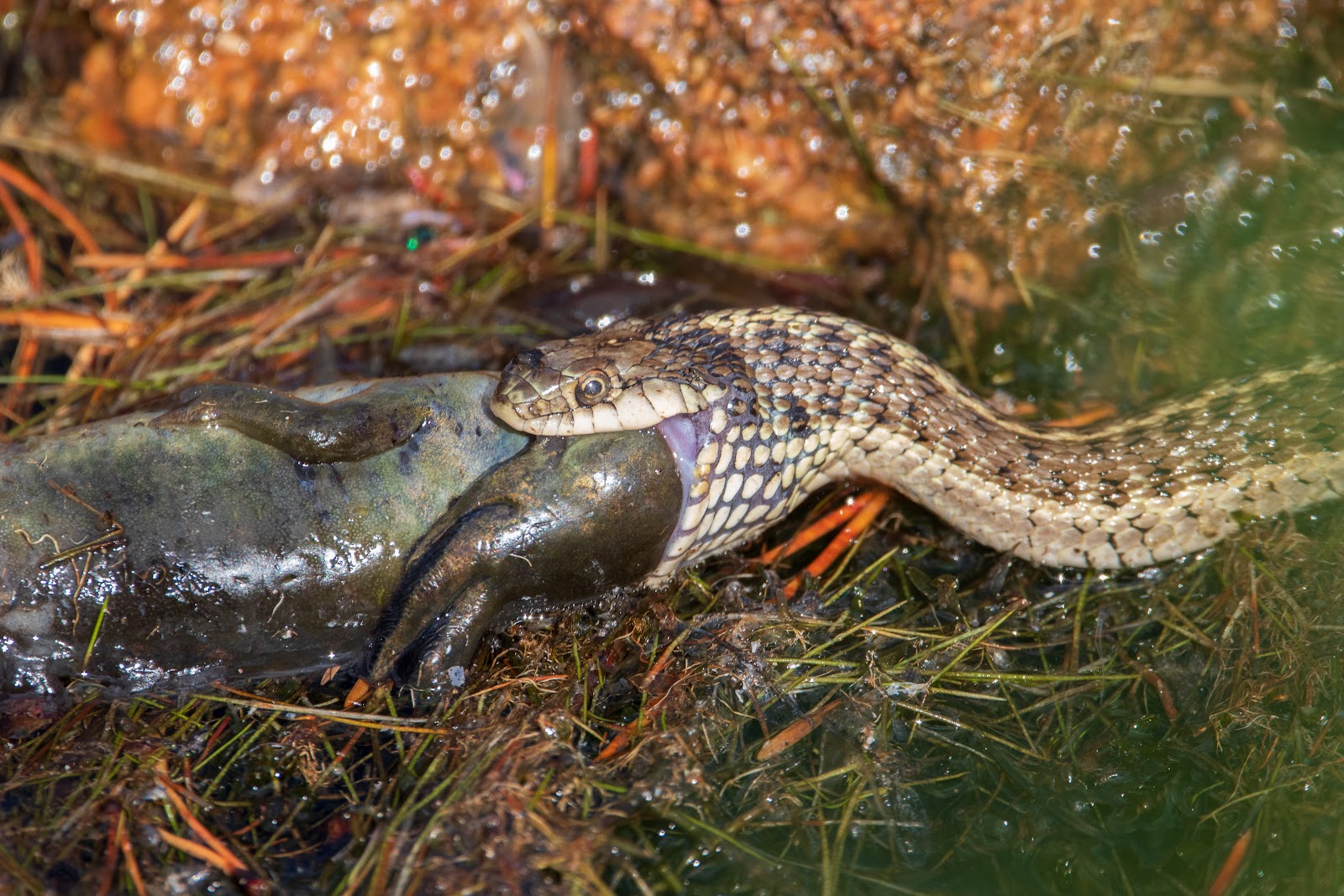In this previous post, our Master Naturalist colleague Mark Bower discussed some new fungal species he had found. Today he has an update with a lot more finds.
Mark Bowers report:
Here is an update on the fungal census I have been participating in over the past year. DNA sequencing has dramatically impacted the world of Mycology in recent years. Previously, fungi were classified based on their macroscopic and microscopic features, their reaction to certain reagents and stimuli, etc. With the advent of DNA sequencing it has become apparent that previous methods were not adequate in many cases. There are fungi that look virtually alike but turn out to be only distantly related. There are others which which look entirely different but turnout to be closely related. It is a new world in mycology.
I have collected, photographed, dehydrated and submitted 903 specimens for DNA sequencing, 376 from Bull Creek and 527 from other sites listed below.
Of the 270 specimens have been evaluated so far 10 have unique DNA sequences and are considered new species which I have discovered. They have been given provisional names and I will have legal naming rights in time. Of these new species, 9 are from Bull Creek and one is from another site.
There are 84 other mushrooms which have been determined to be new species but their DNA matches others which have previously been found by others. Of these, 52 were found on Bull Creek and 32 on the other sites. This is a small sample size but it appears that there is something unique about that relatively small Bull Creek area.
--------------
Sites other than Bull Creek include:
- Valley Water Mill
- Fellows Lake
- Bryant Creek state Park
- Busiek State Park
- Little Sac River Conservation Area
- Wilson's Creek National Battlefield
- Creve Coeur
- Current River area
- Bennett Springs
- Compton Hollow Conservation area
- Private property of Elise Bowsher
Update August 25, 2025
The Missouri Mycological Society reports that currently 2,500 specimens have been send for sequencing state wide, with 903 from Mark Bower. There were 200 unique species with 95 of those from Mark.


















